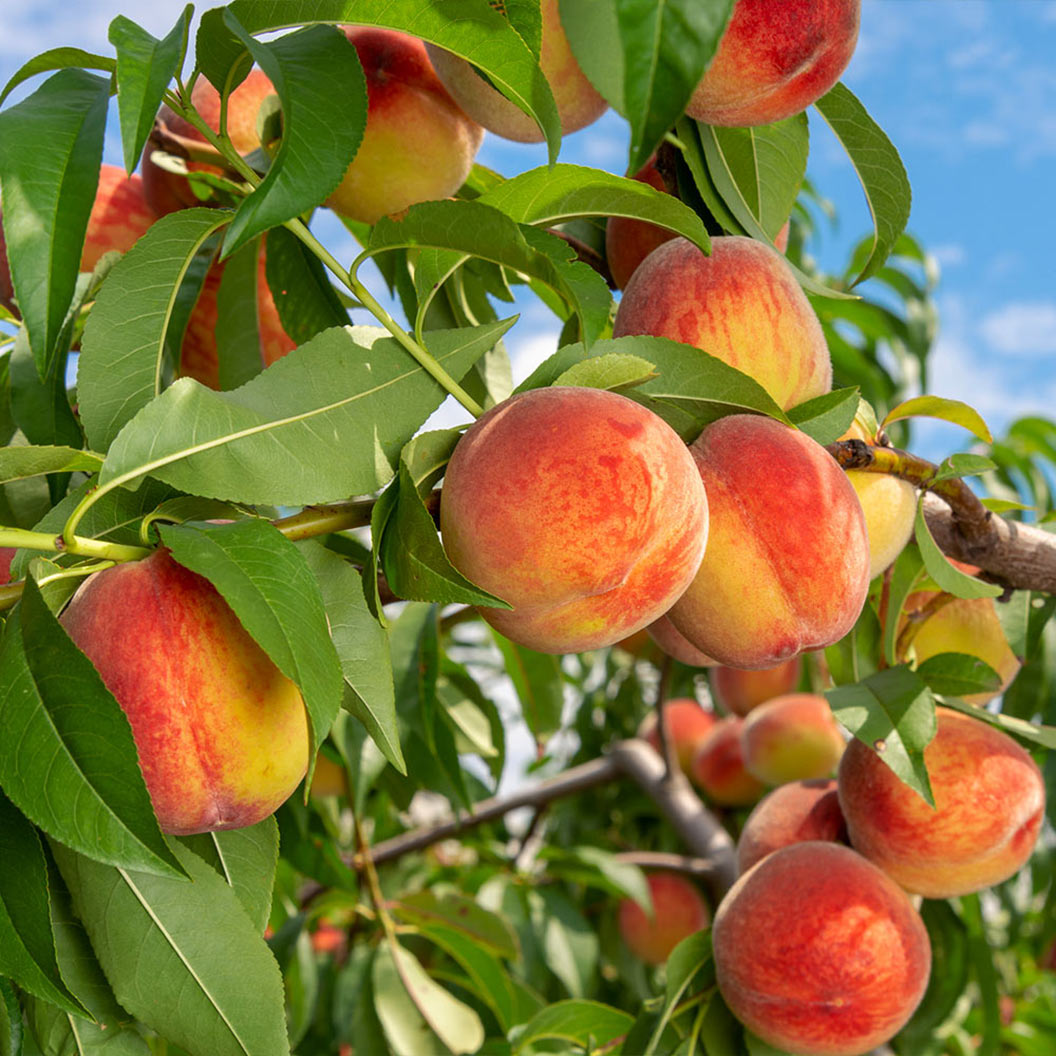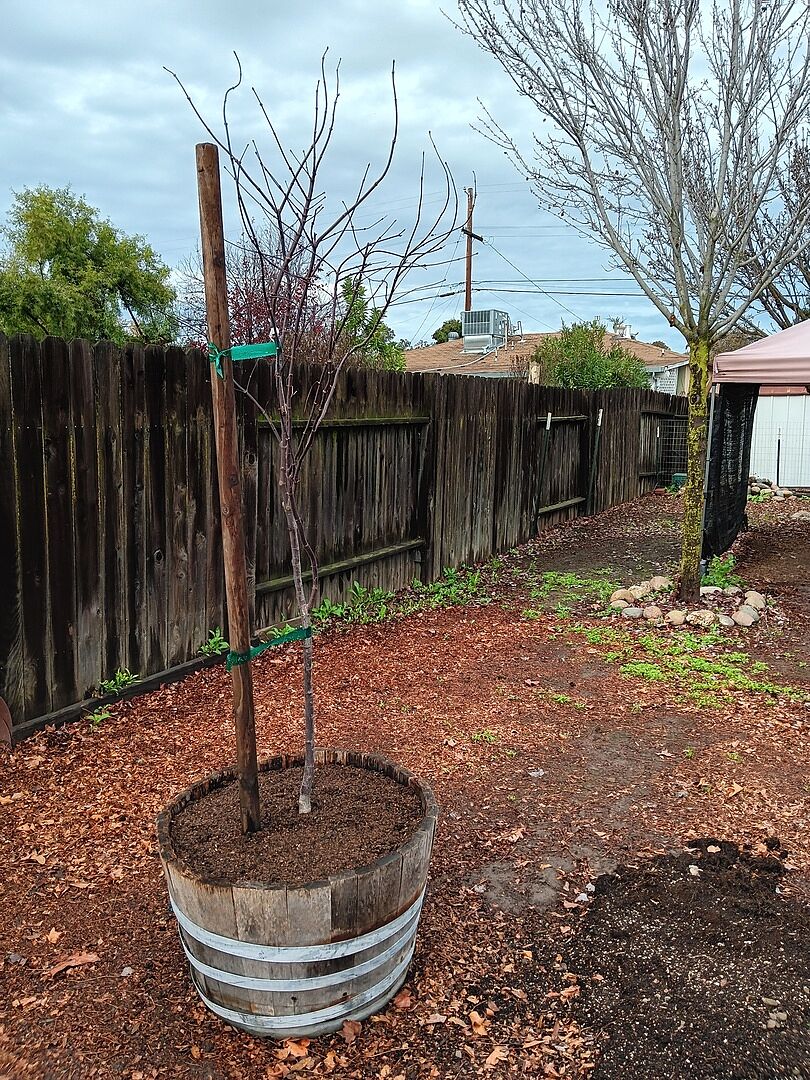Utah Trees
Filters
Plant Type
Flower Color
Sunlight
Mature Height
Plant Characteristics
Bloom Season
Growth Rate
Indoor Light Requirements
Pollination
With far-reaching salt flats and iconic mountain ranges, Utah deserves trees and plants equally as beautiful as its unique landscape. So, whether you live in the Rocky Mountains or Colorado Plateau, FastGrowingTrees can fix you up with trees and shrubs to suit all your needs.
Browse our full selection of Utah trees for sale, and get to know some of the basics to have covered before deciding what to plant in the Beehive state.
Types of Trees in Utah
Utah natural landscapes are often a mixture of hardy shade trees, flowering trees, and evergreens that can adapt to the state’s diverse climate zones and soil types. With fast growing trees Utah residents love, FastGrowingTrees makes caring for your landscape a breeze. Here are some of our favorites:
Shade trees: With graceful canopies that provide ample shade from the Utah sun, shade trees are a must-have for Utah landscapes. Utah’s state tree is the Quaking Aspen, which reaches heights of 40-50 feet and turns bright yellow in the fall. When a gust of wind comes by, the leaves move back and forth, giving it the name "quaking". Other great shade tree options for Utah include the Autumn Blaze Red Maple, the Weeping Willow, and the Prairie Expedition Elm Tree.

Evergreens: These cold-hardy, towering trees are wonderful options for building backyard barriers and privacy screens. From the customer-favorite Thuja Green Giant, which can reach heights of up to 50 feet, to the columnar Italian Cypress, our collection of evergreens provide four-season interest with their year-round greenery. For a smaller imprint, try a boxwood or holly shrub.
Flowering Trees: Bring the drama every spring with our selection of flowering trees. From the billowing hydrangea to the confetti-like cherry tree, there are a number of beautiful Utah plants to awaken your yard.

Fruit Trees: Save yourself from schlepping to the grocery store by growing your own fruit! Utah climates are favorable for growing grapes, apples, peaches, figs, and more.
Where to Grow Trees in Utah and How to Maintain Them
With over 84,000 square miles, Utah has a large range of microclimates to pay attention to and spans USDA growing zones 4-9. The Beehive State enjoys a climate typical of any arid region with a relatively high altitude and the majority of the state is desert due to the rain shadow effect and inland location of the Sierra Nevada Mountains. Desert regions of the state have high summer temperatures and the mountain regions are cooler. These are important considerations to bear in mind when you are considering trees for your home, so make sure to double check your growing zone and plant’s compatibility.
While specific directions on maintaining your Utah plants will vary greatly depending on your specific growing zone, soil type, and tree variety, these are some important factors to keep in mind.
Choose the Right Species: Native species like Utah juniper, Quaking Aspen, Ponderosa Pine, and Cottonwood are often good choices because they are adapted to the local environment.
Timing: The best times for planting trees in Utah are typically in the spring (April to early June) or in the fall (September to October). Planting during these seasons allows trees to establish roots before extreme weather conditions.
Site Selection: Select a planting site with appropriate sun exposure and soil drainage. Most trees prefer well-drained soil and full or partial sunlight. Consider the mature size of the tree when choosing the planting location to avoid interference with buildings, power lines, or other structures.
Soil Preparation: Utah’s state soil is the Mivida. This red, fine, sandy loam covers more than 200,000 acres throughout the state and is used mostly for irrigated cropland and wildlife, though it is also suitable for growing trees. If you find your Utah soil unsuitable. It can easily be amended by adding organic matter such as compost, and good fertilizer.
Consideration for High Elevations: If planting trees in higher elevations, be aware of the shorter growing season and colder temperatures. Choose cold-hardy trees that can withstand frost and snow.
Common Questions about Utah Trees
When to prune fruit trees in Utah?
Pruning fruit trees in Utah typically depends on the type of fruit tree and the specific weather conditions of the region. However, a general guideline is to prune fruit trees during late winter or early spring, ideally before the buds start to break from dormancy. This timing allows for the removal of dead, diseased, or damaged branches before new growth begins. In Utah, this typically falls between late February and early April timeframe, but you should monitor your local weather patterns and the specific needs of your variety of fruit tree to determine the ideal timing to prune.
When to plant trees in Utah?
General guidance recommends that the optimal times for planting trees are in the spring or the fall, and Utah is no exception. Although specific timing will vary depending on the type of tree you’re planting and your local climate conditions, you will likely want to plant either between April to early June or September to October.
Spring planting allows trees to establish their root systems before the heat of summer, while fall planting takes advantage of cooler temperatures and increased rainfall to help roots establish before winter dormancy.
Be sure to consider the specific needs and characteristics of the tree species you're planting, as some may have preferences for certain seasons or soil conditions.





































































































































































































































































